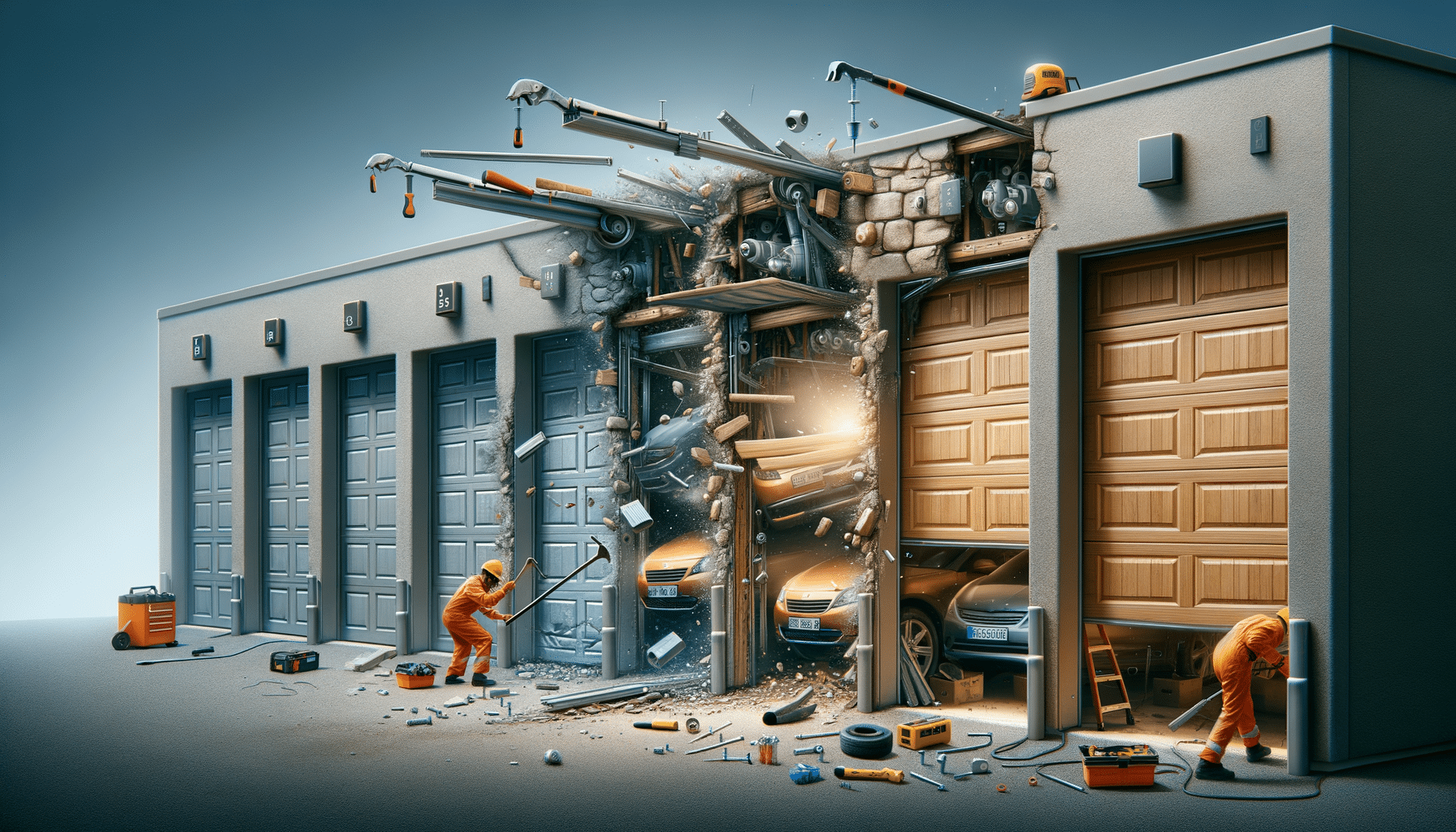
Deciphering Garage Door Problems: When to Opt for Repairs and When to Consider Upgrades
Understanding Common Garage Door Issues
Garage doors, though often overlooked, are crucial components of home security and convenience. They endure daily wear and tear, which can lead to a variety of issues. Common problems include broken springs, misaligned tracks, malfunctioning openers, and worn-out cables. Each of these issues can disrupt the door’s operation and, if left unaddressed, may compromise safety. For instance, broken springs can cause the door to fall unexpectedly, posing a potential hazard.
Identifying these issues early is key to preventing more significant problems. Regular maintenance checks can help spot signs of wear, such as unusual noises, slow response times, or uneven movements. By understanding the common issues, homeowners can take proactive steps to address minor repairs before they escalate into costly fixes. Regular lubrication of moving parts, checking the balance of the door, and ensuring the opener’s functionality are simple yet effective measures to keep the door in good working condition.
When to Opt for Repairs
Deciding between repairing or replacing a garage door can be challenging. Repairs are often the first choice for minor issues or when the door is relatively new. Common repairable problems include replacing worn-out rollers, fixing small dents, and adjusting the door’s alignment. These repairs are typically less costly and can extend the life of the door without the need for a full replacement.
However, it’s essential to consider the cost-effectiveness of repairs. If a door requires frequent repairs or if the repair costs approach the price of a new door, it may be more economical to consider an upgrade. Weighing the pros and cons of repair versus replacement involves evaluating the door’s age, the extent of the damage, and the overall condition of the door’s components. A well-executed repair can restore the door’s functionality and appearance, maintaining the home’s curb appeal and security.
Exploring Upgrade Options
Upgrading a garage door can enhance not only the aesthetic appeal of a home but also its energy efficiency and security. Modern garage doors come with advanced features such as smart technology integration, improved insulation, and enhanced security mechanisms. For homeowners looking to boost their property’s value, upgrading to a door with these features can be a worthwhile investment.
When considering an upgrade, it’s important to evaluate the available options. Insulated doors, for instance, can significantly reduce energy costs by maintaining temperature control within the garage. Smart garage door openers offer convenience and security, allowing homeowners to monitor and control the door remotely. Additionally, choosing materials like steel or composite wood can provide durability and a modern look. By exploring these options, homeowners can select a door that meets their specific needs and preferences.
Cost Considerations and Budgeting
Budgeting for garage door repairs or upgrades requires careful planning. The cost of repairs can vary based on the complexity of the issue and the parts needed. On average, minor repairs may range from $100 to $300, while more extensive repairs can exceed $500. It’s crucial to obtain quotes from multiple service providers to ensure competitive pricing and quality service.
For upgrades, the cost can be significantly higher, ranging from $700 to over $2,000, depending on the materials and features chosen. Homeowners should consider the long-term benefits of an upgrade, such as energy savings and increased home value, when budgeting. Financing options, warranties, and potential tax credits for energy-efficient doors can also impact the overall cost. By understanding these factors, homeowners can make informed decisions that align with their financial goals.
Maintenance Tips for Longevity
Regular maintenance is essential to prolong the life of a garage door and prevent unexpected breakdowns. Simple tasks such as cleaning the tracks, lubricating moving parts, and tightening hardware can make a significant difference. Performing these tasks every few months can help keep the door operating smoothly and quietly.
Additionally, it’s important to inspect the door’s balance regularly. An unbalanced door can strain the opener and lead to premature wear. Testing the door’s balance involves disconnecting the opener and manually moving the door halfway up. If it stays in place, it’s balanced; if not, adjustments may be needed. By incorporating these maintenance tips into a routine, homeowners can ensure their garage door remains functional and reliable for years to come.

